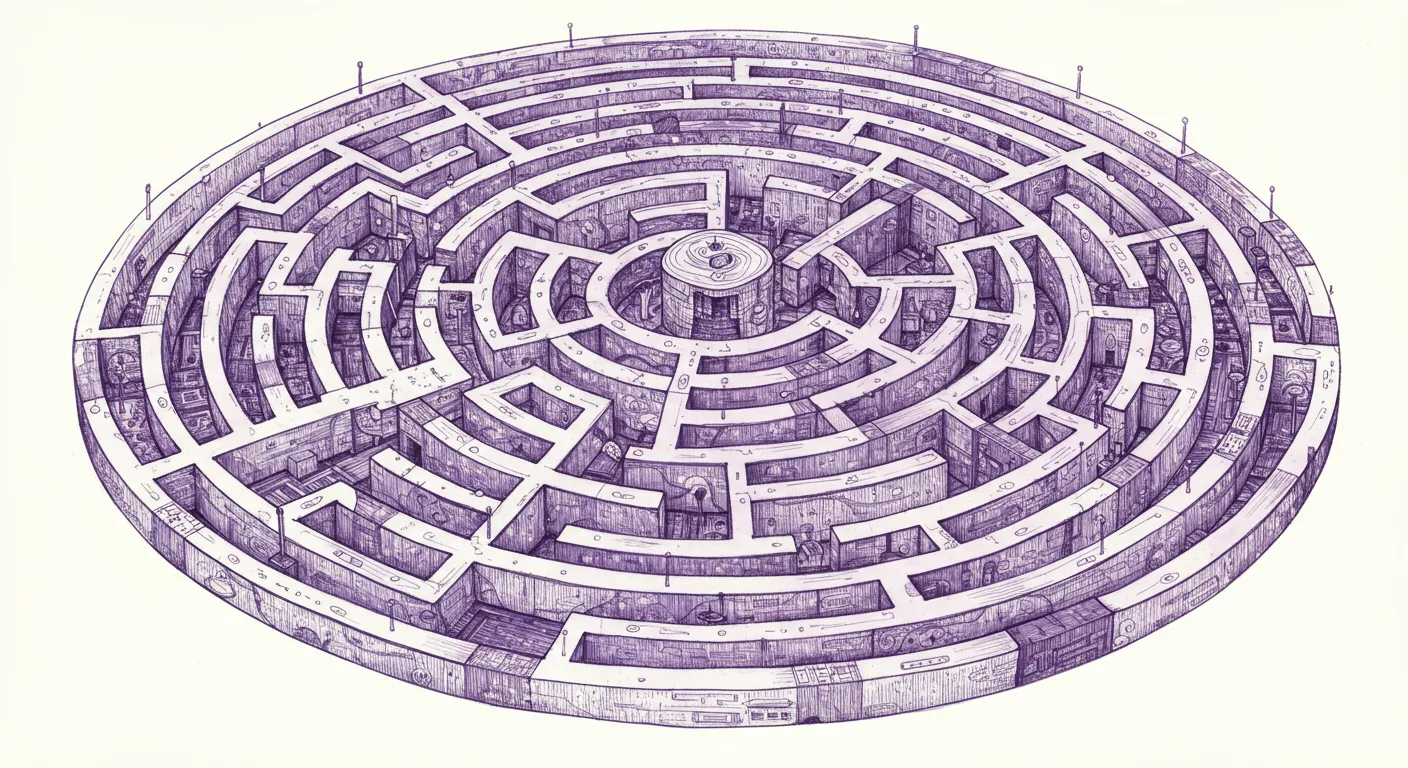In the ongoing battle between websites and artificial intelligence crawlers, a new digital defense strategy has emerged that turns the internet into a labyrinth of misdirection. Online commentators are buzzing about Cloudflare's innovative approach to deterring unauthorized AI data harvesting, which involves creating elaborate networks of AI-generated pages designed to waste crawler resources and protect website content.
The strategy goes beyond simple blocking, instead creating a complex maze of scientifically accurate but irrelevant content that looks convincing enough to entice AI crawlers into endless, unproductive loops. This method represents a sophisticated cat-and-mouse game where websites are actively pushing back against what many see as aggressive and disrespectful data collection practices by AI companies.
Participants in online discussions have highlighted the broader implications of this approach, viewing it as a necessary response to what they perceive as widespread disregard for web etiquette by AI crawlers. Many argue that these bots frequently ignore standard protocols like robots.txt, consuming significant website resources with little regard for the potential harm to smaller websites and content creators.
The technical implementation involves pre-generating diverse, factual content that appears legitimate but is deliberately disconnected from the original site's purpose. This approach aims to make the crawling process so inefficient and resource-intensive that it becomes economically unviable for bad actors to continue their data extraction efforts.
While some debate the ethics and effectiveness of such tactics, the overwhelming sentiment among online commentators is one of support - seeing this as a creative way for websites to reclaim some control in an increasingly invasive digital landscape.


